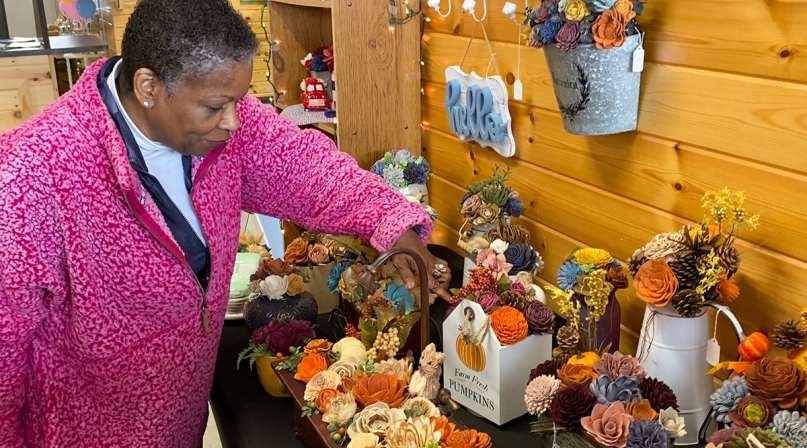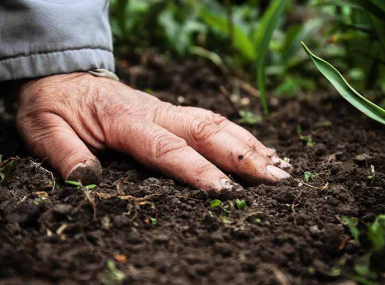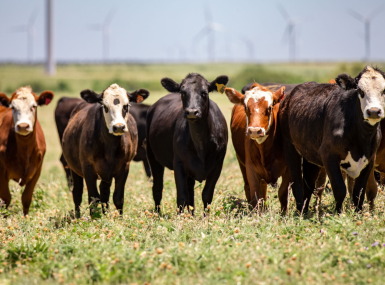Problem:
|
Local farmers and makers needed a place to market their produce and wares.
|
Solution:
|
Create and promote a marketplace where local residents and visitors can gather and purchase locally made goods and produce.
|
As a former lamb producer, Harford County, Md. County Executive Barry Glassman had always hoped he could find a way to create an incubator location for niche agricultural products, much in the same way the county does for small businesses or new tech start-ups.
The county used that same formula — of an inexpensive space, co-located with other new businesses — to grow and see if local products can be successful before moving on to a bigger spot or larger production model.
“It really duplicates the small business incubator model and applies it to agricultural products,” Glassman said. “Our model is quite simply a horse barn with stalls instead of an office with cubicles.”
The Grove at Harford was founded as an outlet for farmers, artists and food processors in Harford County to sell their products directly to local consumers and to promote local agriculture commerce and sustainability.
Billed as “Harford County’s agribusiness incubator,” the Grove is an open-air building with eight interior stalls, with two kiosks and exterior stands available, each leased to a local agricultural entrepreneur with varying handcrafted products and specialties.
The creation of The Grove at Harford, the brainchild of County Executive Glassman, was a collaboration between numerous Harford County departments – Administration, Agriculture, Community and Economic Development, Facilities and Operations, and Parks and Recreation – to fill the need for a local marketplace and to give vendors a centralized, direct connection to customers in a rural part of the county.
The Grove also serves as an event space for festivals, farmers markets, and more, functioning as a gathering place for county residents to enjoy food, entertainment, and to support local business.
After construction is completed in 2022 on a playground, pavilion and trail system, the Grove location will complete its transformation into an agricultural destination for all Harford County families to enjoy.
Glassman’s brainchild became The Grove, a space offering a marketplace as well as free events and parking, where local farmers and makers could sell their products.
The Grove vendor building cost the county $998,000, which covered the creation of an adequate septic system for that building and existing buildings at the site, including:
- the Harford County Agricultural Center
- the leveling of on-site land
- paving an expansive new parking lot
- and construction of The Grove building itself.
The construction costs for the trails and the pavilion totaled $600,000, and the cost for an adjacent playground was $200,000.
Marketing for the Grove is a Harford County Government-wide effort across multiple departments and social media platforms. Vendors also promote their stalls. Graphics are done by the county in-house.
Existing staff from multiple departments manage The Grove.
The Facilities department handles vendor leases and building/grounds maintenance, Parks & Rec helps with event setup and Economic Development handles all event programming and day-to-day interaction with the vendors.
Vendors are chosen to participate at The Grove through an application process. All vendors must be local to Harford County, sell handmade items and have some form of agricultural element to their business.
Vendors pay a monthly lease to keep a stall at The Grove. An indoor stall is $100 per month, and if they want to use their connecting outdoor stalls, it increases to $125 per month.
The biggest challenge for the county for getting the project off the ground was raising awareness in the community that The Grove was open and what it was.
The addition of the ag-themed playground, pavilion and trails, plus a planned library accessible by trail, are making The Grove more of a destination.
The county’s is measuring the success of the project We measure special event attendance, which ranges between 400 – 500 visitors and 100 – 150 for the county’s monthly “Fourth Fridays” events, which is significantly higher than during regular business hours. “Our goal is incubating vendors, so we also look at vendor sales,” Glassman noted.
Tips for other counties hoping to create a similar experience for local agri-businesses: Glassman advised “talking to the community to raise awareness.”
Another tip: Make sure vendors don’t overlap by selling the same or similar products – aim for variety and unique items.
Plan events to attract a wide range of visitors (all ages) and partner on related events with community groups.
“For example, we partnered with Harford Community College on a canning class and an agricultural seminar on gardening,” he said. The Grove is also a stop on the Harford County Barn Quilt Trail.




